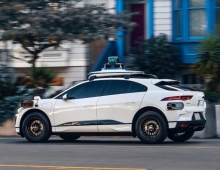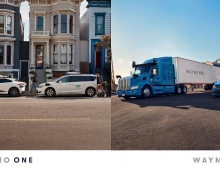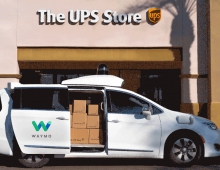
Waymo to Starting Selling its LiDAR Sensors to Third Parties
Alphabet's Waymo will start selling its custom lidars used in the company's self-driving cars to companies outside of self-driving, beginning with robotics, security, agricultural technology, and more.
In 2011, Waymo began developing its own set of sensors from the ground up, including three different types of lidars — the sophisticated sensors that measure distance with pulses of laser light.
The Laser Bear Honeycomb is a best-in-class perimeter sensor. It’s the same sensor around the bumper of Waymo's self-driving vehicles. It features:
Wide field of view: Where some 3D lidar have a vertical field of view (FOV) of just 30°, the Honeycomb has a vertical FOV of 95°, plus a 360° horizontal FOV.
Multiple returns per pulse: When the Honeycomb sends out a pulse of light, it doesn’t just see the first object the laser beam touches. Instead, it can see up to four different objects in that laser beams’ line of sight (e.g., it can see both the foliage in front of a tree branch and the tree branch itself). This gives a rich and more detailed view of the environment, and uncovers objects that might otherwise be missed.
Minimum range of zero: The Honeycomb has a minimum range of zero, meaning it can see objects immediately in front of the sensor. This enables key capabilities such as near object detection and avoidance.
Waymo did not disclose how much it plans to charge for the Honeycomb. The closest comparable sensor made by Veloydne—the recently unveiled VelaDome short-range lidar—is priced at roughly $4,000 for a single sensor and half that when purchased in bulk.
Interestingly, Waymo hasn’t ruled out selling sensors to automotive suppliers in the future.
Waymo launched the first commercial self-driving car service late last year in the suburbs of Phoenix and now says it has “several hundred” riders enrolled. The new sensor division will compete with the world’s biggest lidar producer, Velodyne Lidar Inc., in what has become a billion-dollar industry.
The lidar technology has already found its way into the wild to help collect trash, sweep streets and pilot drones.





















